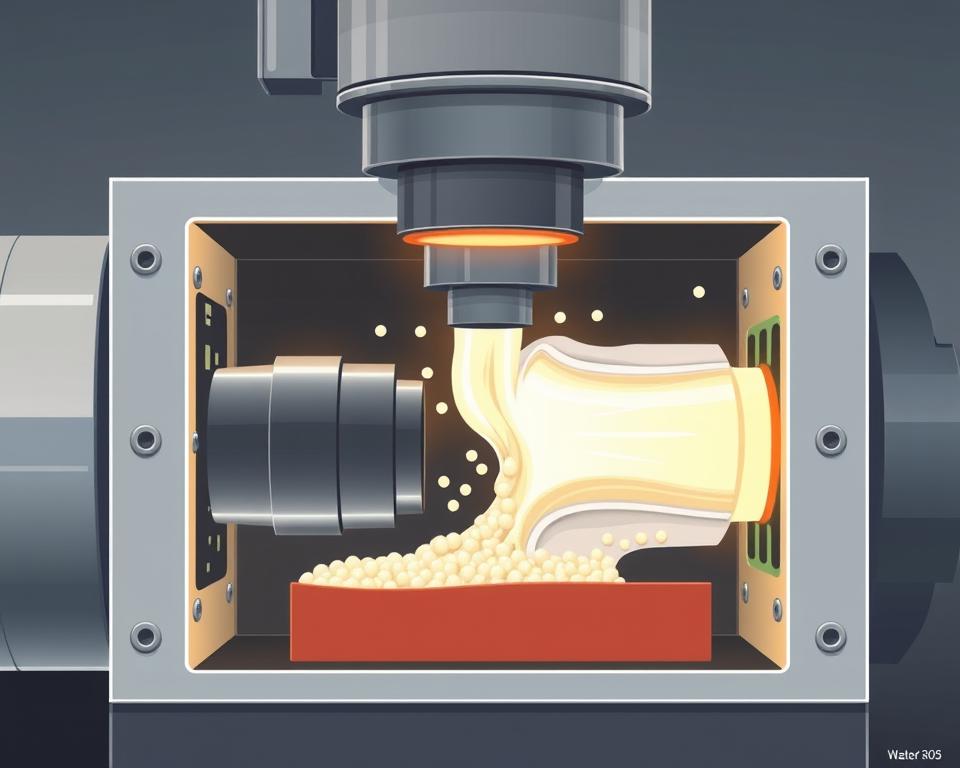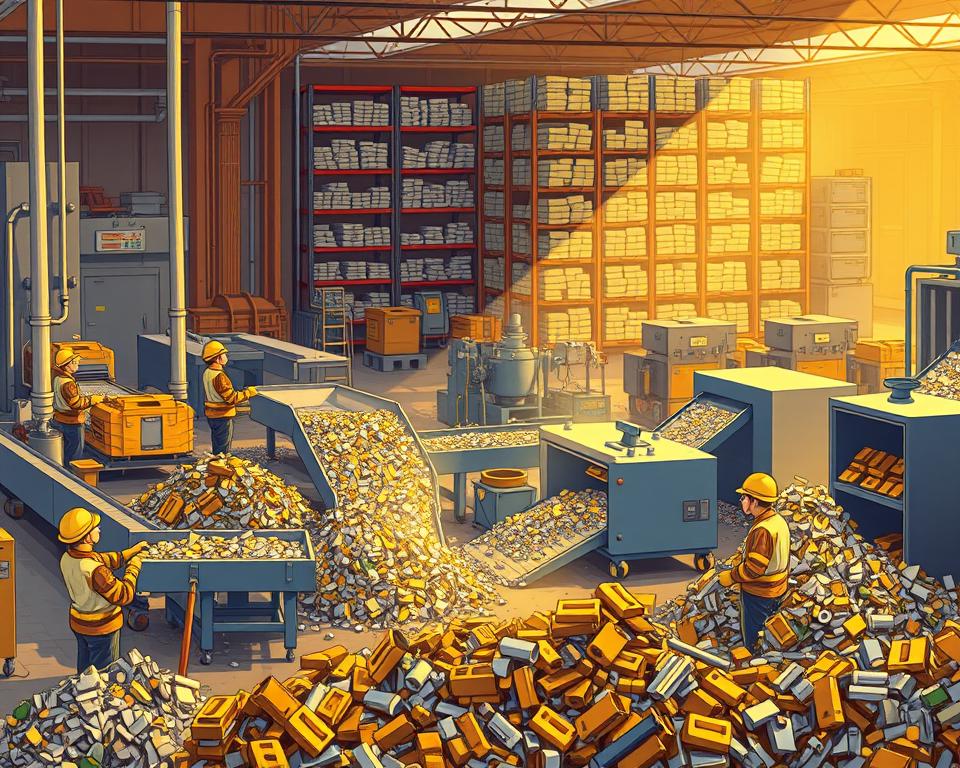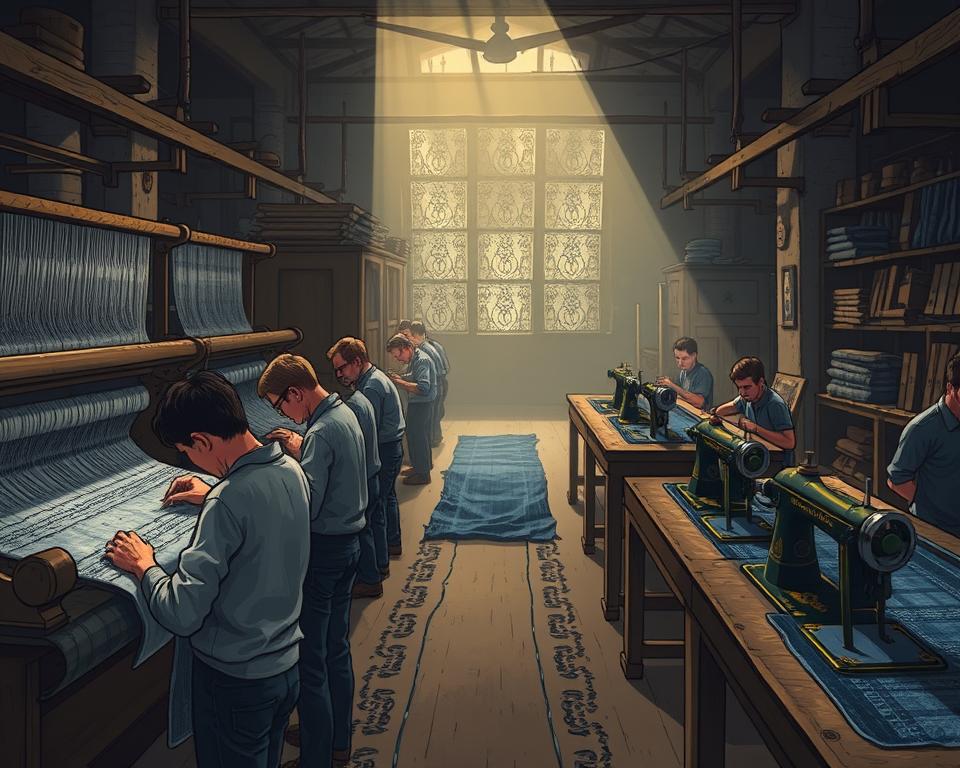Step‑by‑Step Guide to Sourcing Injection Molding in China
So, the big meeting just wrapped up. your new project has the green light, time is pressing, and funding is, to put it mildly, limited. Then someone—maybe your boss, maybe the finance director—utters the phrase that sends a little jolt down every project manager’s spine: “We should look at sourcing this from China.”
Of course, you acknowledge. On paper, it’s logical. The potential savings can be massive. But your mind is already racing. You’ve heard the stories, haven’t you? Quality failures, endless communication gaps, shipments arriving months late and nothing like the prototype. It’s like balancing on a tightrope between a massive cost advantage and project disaster.
However, here’s the reality. Sourcing plastic mold company can be a calculated project. It’s simply another project with clear steps. And its outcome hinges on the approach you take. It’s not just about the lowest bid but selecting the best partner and overseeing every step. Ignore the nightmare anecdotes. Here’s a practical playbook to nail it.

First Things First: Your Homework
Before searching suppliers or opening Alibaba, nail down your requirements. Truthfully, over fifty percent of offshore sourcing issues originate in an unclear project brief. You cannot expect overseas partners to interpret your unspoken requirements. Sending a vague request is like asking a builder to quote you for “a house.” The replies will range from absurdly low to exorbitant, none of which help.
Your RFQ should be bulletproof—clear, detailed, and unambiguous. This package is your project’s foundation.
What should you include?
Begin with 3D CAD models. These are non-negotiable. Use standard formats such as STEP or IGS to ensure compatibility. This serves as the definitive part geometry reference.
But 3D isn’t enough. You also need detailed 2D drawings. This details critical info missing from the 3D file. I’m talking about critical tolerances (like ‘25.00±0.05 mm’), material specifications, required surface finishes, and notes on which features are absolutely critical to function. Call out smooth surfaces or precision hole sizes in big, bold notation.
Next up, material. Avoid generic terms like “Plastic.” Nor just “ABS.” Be explicit. Call out SABIC Cycolac MG38 (black), for example. What’s the reason? Because resin grades number in the thousands. Specifying the exact resin grade ensures you get the strength, flexibility, UV resistance, and color consistency you planned for with plastic mold injection.
Your supplier might propose substitutes, but you must set the baseline.
Finally, include the business details. What’s your forecasted annual volume (EAU)? You must specify if it’s a 1K-part tool or a 1M-part production run. Tool style, cavity count, and unit cost are volume-driven.
Finding the Right Supplier
Okay, your RFQ package is a work of art. now, who do you send it to? Online sourcing is global but crowded. Finding suppliers is simple; finding quality ones is tough.
You’ll probably kick off on Alibaba or Made-in-China. They offer breadth but not depth. Treat them as initial research tools, not final solutions. Narrow your pool to about a dozen promising firms.
However, don’t end your search there. Think about engaging a sourcing agent. Yes, they take a cut. But a reputable agent brings pre-screened factories. They handle local liaison and oversight. For a first-time project, this can be an invaluable safety net. It’s schedule protection.
Another tactic: trade exhibitions. If you have the travel budget, attending a major industry event like Chinaplas can be a game-changer. In-person meetings trump emails. Hold samples, talk shop, and gauge professionalism firsthand. And don’t forget the oldest trick in the book: referrals. Consult trusted colleagues. A recommendation from a trusted peer is often worth its weight in gold.
Shortlisting Serious Suppliers
Now you have your long list of potential suppliers and you’ve sent out your beautiful RFQ package. estimates roll in. Some will be shockingly low, others surprisingly high. Your job now is to vet these companies and narrow it down to two or three serious contenders.
What’s the method? It blends technical checks with intuition.
Step one: audit communication. Do they respond quickly and clearly? Can they handle detailed English exchanges? But the key: do they probe your RFQ? The best firms will question and suggest. For instance: “Draft angle here could improve mold release. Tolerance check via CMM adds cost—proceed?” Consider that a big green light. You know they know their stuff. Anyone who simply agrees to all specs is a red flag.
Then confirm their machinery specs. Ask for a list of their equipment. More importantly, ask for case studies of parts they’ve made that are similar to yours in size, complexity, or material. A small-gear shop won’t cut it for a big housing.
Finally, inspect the factory. Skipping this is a mistake. Just as you interview hires, audit suppliers. You can travel or outsource a local inspector. They dispatch an on-site auditor for a day. They confirm legitimacy, audit ISO 9001, inspect equipment condition, and gauge the facility. It’s the best few hundred dollars you will ever spend on your project.
From Digital File to Physical Part
You’ve selected your partner. you’ve negotiated the price and payment terms—a common structure is 50% of the tooling cost upfront to begin work, and the final 50% after you approve the first samples. Now the real fun begins.
The first thing you should get back after sending your payment is a DFM report. DFM stands for Design for Manufacturability. It’s the engineering critique for moldability. It will highlight potential issues like areas with thick walls that could sink, sharp corners that could cause stress, or surfaces without enough draft angle for clean ejection from the mold. Comprehensive DFM equals a top-tier supplier. It’s a two-way partnership. You work with their engineers to refine the design for optimal production.
With DFM sign-off, toolmaking begins. Weeks on, you receive the thrilling “T1 samples shipped” notification. These are the very first parts off the new tool. They are your moment of truth.
Be prepared: T1 samples are almost never perfect. This is normal! There will be tiny imperfections, a dimension that’s slightly out of spec, or a blemish on the surface. You’ll provide detailed feedback, they’ll make small adjustments (or “tweaks”) to the tool, and then they’ll send you T2 plastic mold in China samples. You may repeat this cycle a few times. The key for you, as the project manager, is to have this iteration loop built into your timeline from the start.
Eventually, you will receive a part that is perfect. It matches all specs, has a pristine finish, and works as required. This becomes the “golden sample.” You ratify it, and it becomes the quality yardstick for production.
Crossing the Finish Line
Landing the golden sample is huge, yet the project continues. Now comes full-scale production. How do you maintain consistency for part 10,000?
Implement a robust QC plan. This often involves a pre-shipment inspection. Use a third-party inspector again. They’ll randomly select parts, compare them to specs and golden sample, and deliver a detailed report. They’ll send you a detailed report with photos and measurements. After your approval, you release the shipment and final funds. This simple step prevents you from receiving a container full of scrap metal.
Lastly, plan logistics. Understand the shipping terms, or Incoterms. Are you on FOB terms, where they load and you take over? Or EXW, shifting all transport to you? These choices hugely affect landed cost.
Overseas sourcing is a marathon. It’s about building a relationship with your supplier. Treat them like a partner, not just a line item on a spreadsheet. Open dialogue, trust, and rigorous procedure deliver results. It’s a challenging project, no doubt. However, armed with this guide, you’ll secure savings and keep high standards intact. You’re set to succeed.


